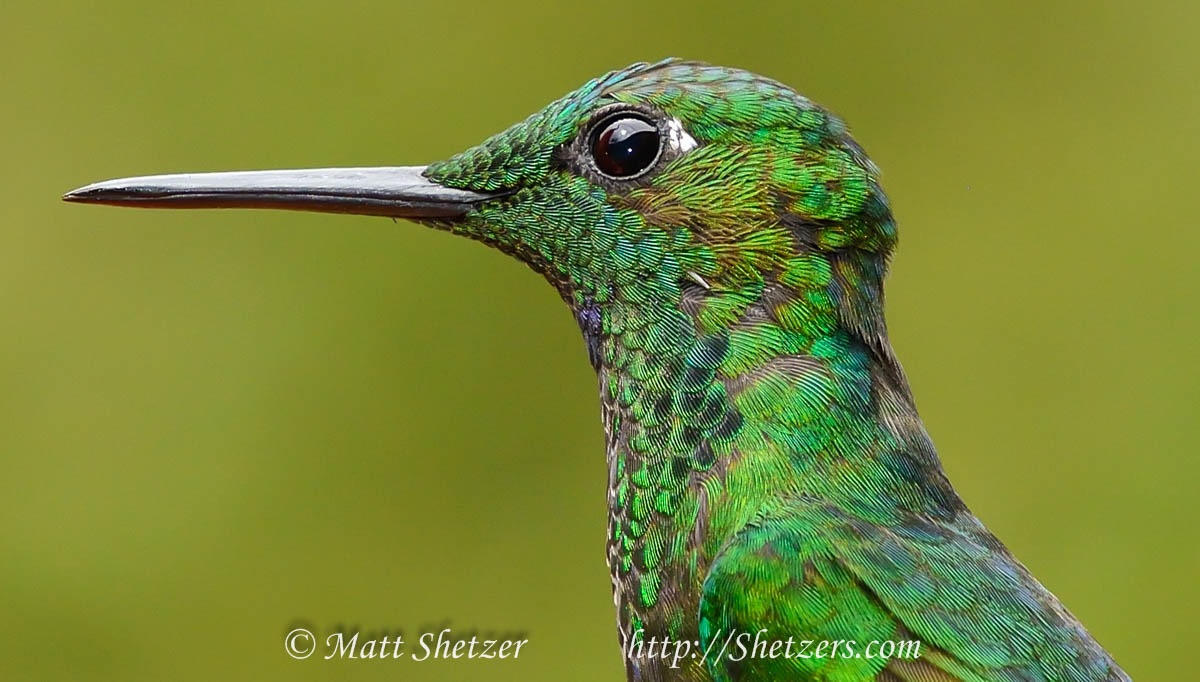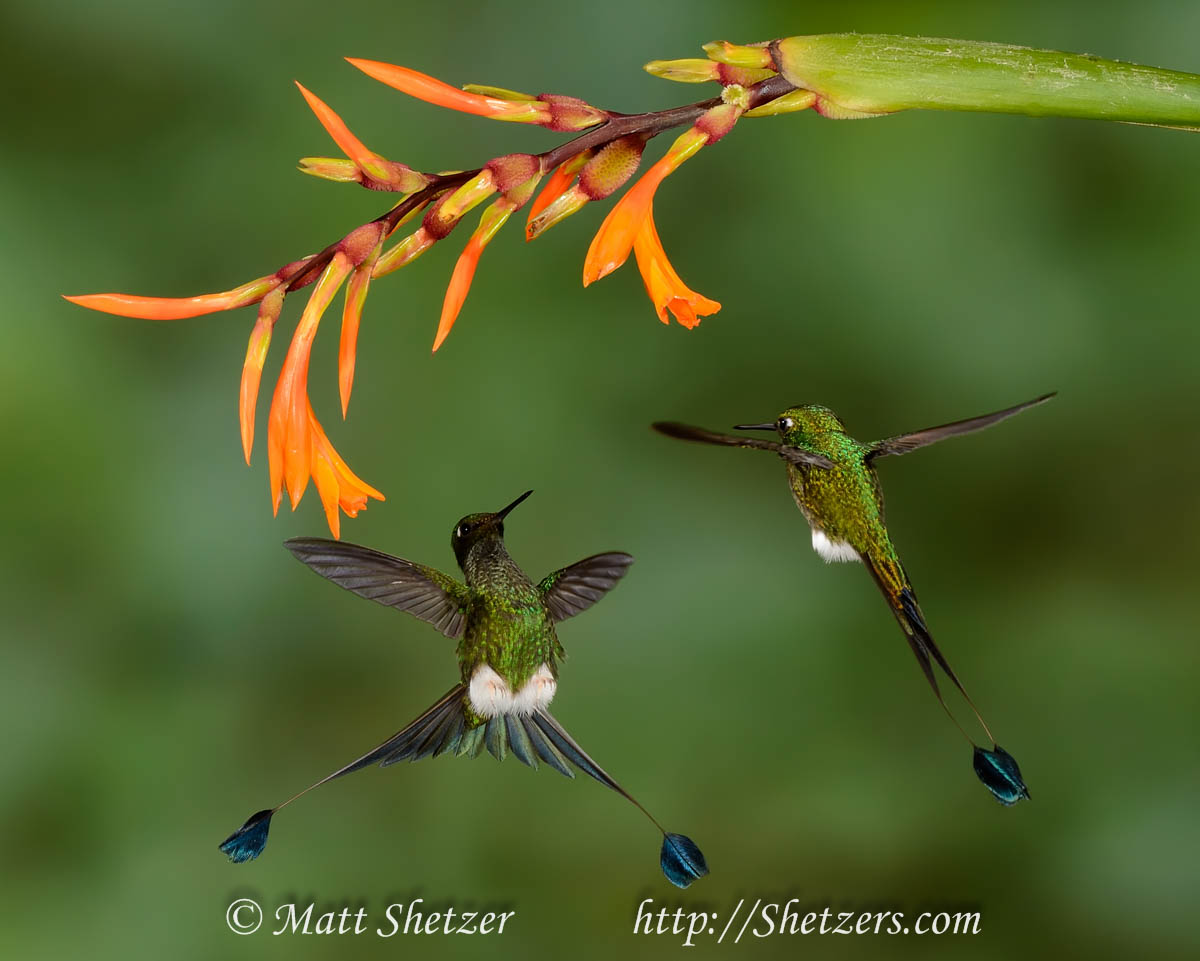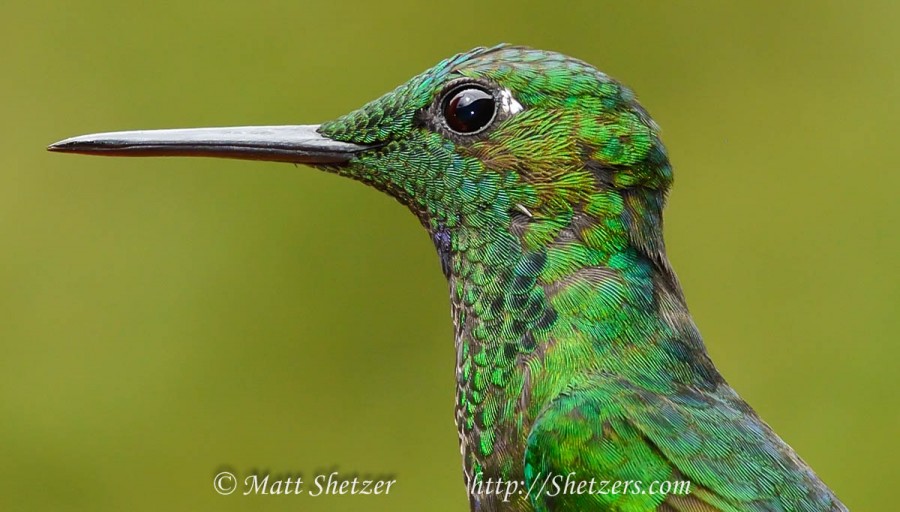In preparation of an exciting trip, it is always good to know the sweet spot of each lens you plan to use. You can spend hours reading all the reviews about a lens, and sift through what everyone else says, however the most important results are the results FROM YOUR lens.
While lens’ share certain characteristics, each one is a little unique and some perform better than others. It is best to take the time to know the gear that you plan to use, and where its sweet spot is.
Most lens perform very well in the middle of the aperture. Have you ever heard one of the best photography tips ever: “Shoot f/8 and be there”?
Most lens do not perform as well on the edges of the aperture. For example a lens that runs from f/4 to f/22 generally will not be as sharp at f/4 as it is f/5.6, and will perform even better at f/8. On the other end of the spectrum, f/22 will probably be a little worse than f/18. The main question we need to know is “How much worse?”
For example, when we photograph hummingbirds in our workshops in Ecuador and Costa Rica, we need a lot of depth of field to capture the small birds at such close range. We like to have 3″-6″ of DOF (Depth of Field) to have the whole bird sharp (or two sharp hummingbirds in one shot). In order to produce this we need to shoot from f/18 to f/22 at about 300mm, and we want fantastic quality. I need to know how my gear performs at the settings I intend to use.

We are looking for the best quality we can produce for our images. This hummingbird is only 1.5″ tall, and its feather detail is beautiful and we want to make sure we show how beautiful this bird is. Definitely in the sweet spot.
This is very easy to figure out and takes only about 20 minutes. All we do is place a patterned test subject on a clipboard and shoot it.
This test subject can be as simple as a magazine sheet with lots of different size text and colors, or you can purchase one with all sorts of designs on it from your local camera shop. Now place it at a distance you intend to shoot on your trip, place your camera in Aperture Priority mode on a tripod with a low ISO and a cable release. Shoot a couple of test images for each aperture and then change to the next Aperture setting, going all the way through the Aperture settings. By having a couple of images of each aperture, you will be able to throw out any images you feel are bad due to a camera shake or something similar and not have to redo the test.

Deep in the cloud forest of Ecuador, two hummingbirds fight over a flower. The one with its split tail is protecting its flower. By knowing that my lens produced good quality at f/20, I am able to capture both hummingbirds with great detail.
Now download your images and review on the computer at 100%. You will see exactly how YOUR lens performs at each setting. You now know the image quality you have at each setting and where you prefer to be.
By taking this extra step and a little bit of time, you will ensure your images from your next trip will be of excellent quality.

